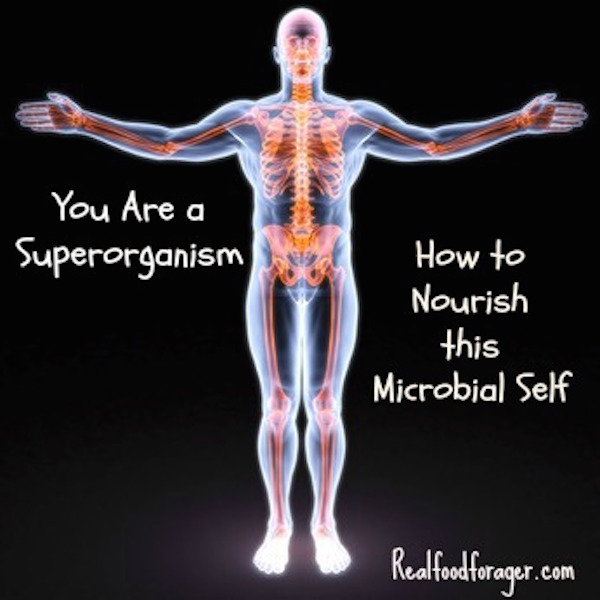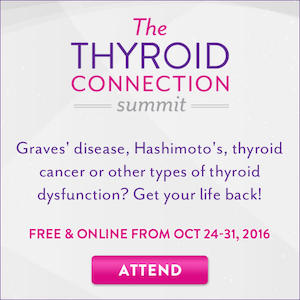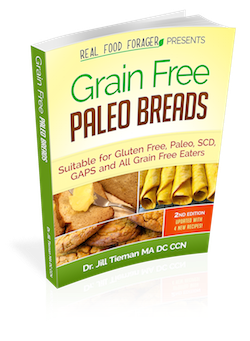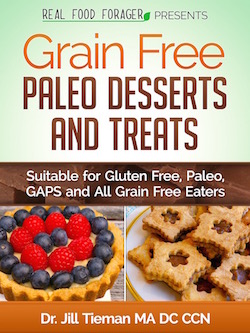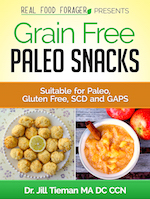Non-communicable diseases (chronic inflammatory illnesses) are the foremost health issue facing the population today. Allergies, asthma, autoimmunity and autism are the new epidemics. However, we can prevent these overwhelming issues from infancy and and treat them in adulthood.
A new book written by Dr. Rodney Dietert, called, The Human Superorganism is a fascinating read if you are a microbiome nerd, like me. He focuses on two of the foremost concepts in human health and busts them with real science.
Contrary to previous medical thinking – humans need the microorganisms that live in various microbial communities on our skin and in our gut. In addition, it is not the human genome that is the key to future medical advances – it is the human microbiome.
The Human Genome Project informed us that we have more microbial genes than human genes. In this respect we can consider humans as a superorganism that houses communities of microbes that both help and harm us.
Toxicology Through the Lens of the Human and Microbial Communities
With our ever-expanding knowledge about how the colonies of microbes work in our body, we have discovered that everything that affects us, affects our bacteria.
When we are exposed to toxins in the environment or through food, our bacteria are the first to see the problems and they are there to respond.
Environmental chemicals such as glyphosates, phalates, BPA, medications and other toxicants not only affect human cells and organ systems (endocrine disruption), they also disrupt the colonies of microbes that we host.
In particular, medications should be reevaluated to assess each individual microbiome and whether or not it is appropriate for this person. For instance the commonly used drug, Metformin, has been found to change the gut ecology in both positive and negative ways. This is important information to gather on all medications.
Microbial Diversity Begins At Birth
The birth event is the most critical period for seeding the baby with microbes. Vaginal delivery is the best way to establish this, as well as skin to skin contact afterwards.
If the baby is a c-section, he/she will pick up the microbes from the hospital environment and this affects the maturation of the physiology and increases risk for obesity, asthma, type 1 diabetes.
Find out how to improve your c-section babies’ microbiome.
Breast feeding also transfers microbes, but more importantly, is transfers substances that are not for human cells, but are food for the microbes – prebiotics. Infant formula just doesn’t cut it due to the poor quality of proteins and processed oils.
The galactoligosacchrides in breast milk set the stage for a healthy babies’ microbiome.
The human immune system at birth is not mature at all. The microbes and the immune system grow up together and change and mature over the first few years of life. The immune system gets exposed to toxins and pollutants and learns how to distinguish between what needs to be dealt with and what is self.
If the immune system starts to misfire, allergies and autoimmunity will start to develop.
There is a lot of research that shows that our kids are too clean. In addition, family size and pets affect diversity. Dogs will help to transfer microbes. Sharing microbes will help extend diversity in general. However, if the family members have a poor microbiome, these poor microbes will also be shared.
It pays to correct the mother’s microbiome before pregnancy.
Rebiosis in Adults
This is an emerging field and one that I hope will be investigated thoroughly. Currently we know that eating real food without additives, eating fermented foods – especially of your heritage and staying away for processed foods with additives are good ways to optimize your microbiome.
Get my Getting Started series of emails to learn how to start on your real food journey.
Diet plays a huge role in shaping the microbiome. Eating a diverse array of fermented foods provides different strains of bacteria. Leafy greens have also been found to feed the bacteria.
Microbiota enterotypes are linked to our ancestors and the diets they ate. In order to shift your microbiome for health, it is wise to try to stay within your enterotype or heritage.
Get recipes for my top 10 fermented foods here.
An emerging treatment called Fecal Microbial Transplant (FMT) has been established as an incredibly effective treatment for recurrent c. difficile infections (which can be life threatening and debilitating).
Research is being conducted on FMT for inflammatory bowel disease (IBD) and may also emerge as an individualized treatment for other ailments since it addresses the most basic cause of chronic disease – an imbalance in the microbiome – also called dysbiosis.
Individualized treatments may involve finding which families and species of bacteria are missing in your gut and actually getting FMT treatments tailored to provide these missing microbes. I can’t wait for this individualized treatment to become a reality.
Probiotics
Strain specificity is very important. There are many sub-strains of lactobacillus – many of which do not colonize in the gut. Many strains simply pass through the gut, but they still provide services to the human host. Therefore, eating fermented foods and taking probiotics is a good idea.
The hope is that they will eventually take up residence and you can continue to feed them with fiber and resistant starch.
The research will continue to reveal which strains and which genes will provide specific benefits to humans. For some people, it may turn out to be a single species that can restore health to certain individuals.
Sometimes there is only one species (keystone species) that takes over and controls the ability of desirable species to develop. This has been discussed by Dr. Leo Galland and called the Alexander Effect. Alexander organisms are organisms that can organize and direct other microbes. We need more research into these microbes.
I like this probiotic and this probiotic.
Top Rebiosis Strategies
Fiber in the Diet
Fiber feeds the bacteria. Some people have conditions that prevent them from tolerating fiber (SIBO, certain individuals with IBD or IBS). There is a gray area here and some people will have to learn how to support the microbes without exacerbating a medical condition.
Find out about resistant starch here.
Heal the Gut
Microbiome barriers protect us from misfiring of the immune system. When there is barrier dysbiosis – leaky gut, leaky brain and leaky skin can develop. There are also microbial barriers in the lungs. The health of all these microbial barriers must be taken into consideration.
Treg cells dampen the hyper-immune response and are critical cells that help balance the immune response. The immune system can be healed back into balance.
Find out how to heal your gut and feel great in my e-book Heal Your Microbiome Optimize Your Health.
Get much more information about the microbiome research that is going on today in Dr. Rodney Dietert’s new book: The Human Superorganism.

